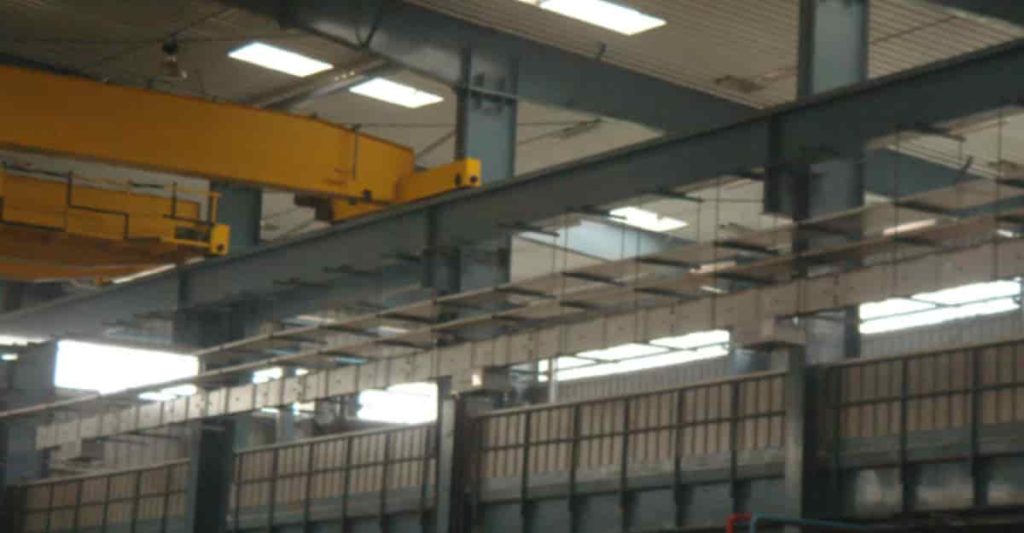Firms that operate in the construction and architectural sector, are always on the lookout for innovative building designs. They want to make their structures become more environmentally friendly and sustainable. The intention behind this outlook is to reduce the negative impact of construction on the environment. Sustainable Buildings help create a society where human civilization coexists harmoniously with the environment, enabling both to function together, without causing harm to one another. Industrial MEP Consultants play a major role in designing such sustainable buildings.
With the depletion of natural resources causing a huge cry of concern all over the world, it is of absolute importance that all industries take this issue seriously, and adopt preventive and corrective measures, like investing in Sustainable Buildings.
The biggest advantages of operating from sustainable buildings incorporating proper MEP engineering designs are:
Reduction in utility bills
MEP engineering has been coming with different techniques to make various systems work together, so as to reduce the energy consumed, thereby lowering the number of resources used during construction, as well as during operational maintenance. A good example of how this is implemented can be found in the Middle East. Since the temperature is extremely high during the summer season, the innovative MEP engineers came up with the creative idea of laying pipes filled with running cold water underneath the tiles to reduce the use of air conditioning in large buildings. This helped cool down the structure without resulting in a massive electricity bill!
Reduction in water usage
Water consumption is the number one concern in every part of the world, regardless of the climate. Limiting the usage of freshwater by using creative MEP designs can help our planet in the long run. Most firms recommend using low flow bathroom fixtures to control consumption and lower the wastage of water. Most large buildings have already shifted to fixtures which use sensors to reduce the water that is used by visitors, thereby satisfying green building guidelines as well.
Reduce carbon dioxide emissions
Since most cooling, heating and lighting equipment emit carbon dioxide regularly, they contribute to the increasing temperature. This, in turn, increases the usage of air conditioners. MEP designs which reduce the emission of this gas can help break off this vicious cycle and increase the performance of the air conditioning system without increasing the utility bills.
Look to alternative resources
It is up to the MEP designers to come up with alternate solutions to reduce the consumption of natural resources. One such example is by using greywater in the washroom for flushing purposes. This recycled water can be used for other applications as well like watering the lawns, gardens, etc.
Use natural lighting
An effective MEP design can reduce the requirement for lighting in a building by using natural lighting. Large glass walls with plenty of skylights can help utilize this resource and reduce lighting bills at the same time. It also lowers the usage of electricity making it a win-win situation!
Utilize solar energy
Strategically placed solar panels can utilize the sun’s energy to meet the energy requirement of the building. Once the industrial MEP Consultants incorporates the use of these solar panels within the entire system, it will bring down the usage of electricity and make the bills go down as well. An airport in Southern India is the first to use this innovative idea. This is the first airport in India to run solely on solar energy. This is a huge achievement in the world of Sustainable Buildings.
Sustainable buildings are no longer a product of imagination but a reality. Seek the advice of Industrial MEP consultants to adopt MEP designs that pave the way for such buildings has become crucial, from both the economic and environmental perspectives.












